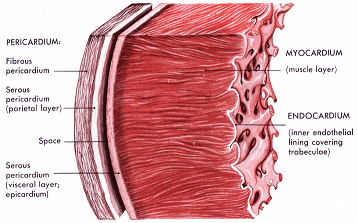An international team of researchers have identified a protein that helps in the regeneration of heart muscle cells. Heart (myocardial) scarring can occur as a result of a heart attack or disease. Tests performed on animals have shown that tissue regeneration can rejuvenate heart tissue close to normal function after a heart attack within four to eight weeks.
It is expected that clinical trials could be performed on humans as early as 2017. The team of researchers from University
of California, San Diego and Sanford Burnham (SBP) were led by Professor Pilar Ruiz-Lozano at Stanford University ) published their findings in the Sept. 16 online issue of Nature(get journal).
“We are really excited about the prospect of bringing this technology to the clinic, it’s commercially viable, clinically attractive and you don’t need immunosuppressive drugs”. (Mercola, professor of Bioengineering at UC San Diego)
To figure out exactly what compounds might be responsible for this incredible regenerative ability, they then identified over 300 proteins in the in the fibrous tissue that surrounds the heart (the epicardium) that they thought might play a role using mass spectromery. With Further testing and screening, performed the team was able to identify just a single protein that encourages the cell growth: (FSTL1).
Testing the patch loaded with FSTL1 in a heart attack model in mice and pigs showed that it stimulated tissue regeneration even if implanted after the injury. For example, in pigs that had suffered a heart attack, the fraction of blood pumped out of the left ventricle dropped from the normal 50 percent to 30 percent. But function was restored to 40 percent after the patch was surgically placed onto the heart a week after injury and remained stable. The pigs’ heart tissue also scarred considerably less.


Leave a Reply
You must be logged in to post a comment.